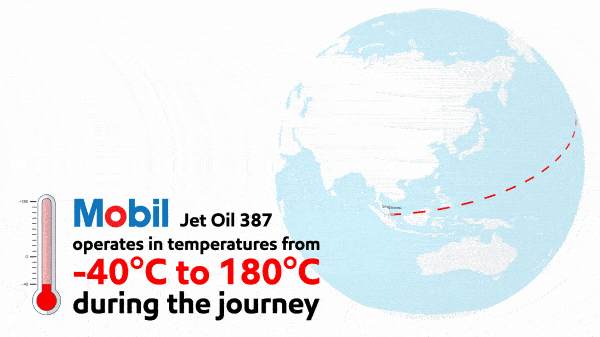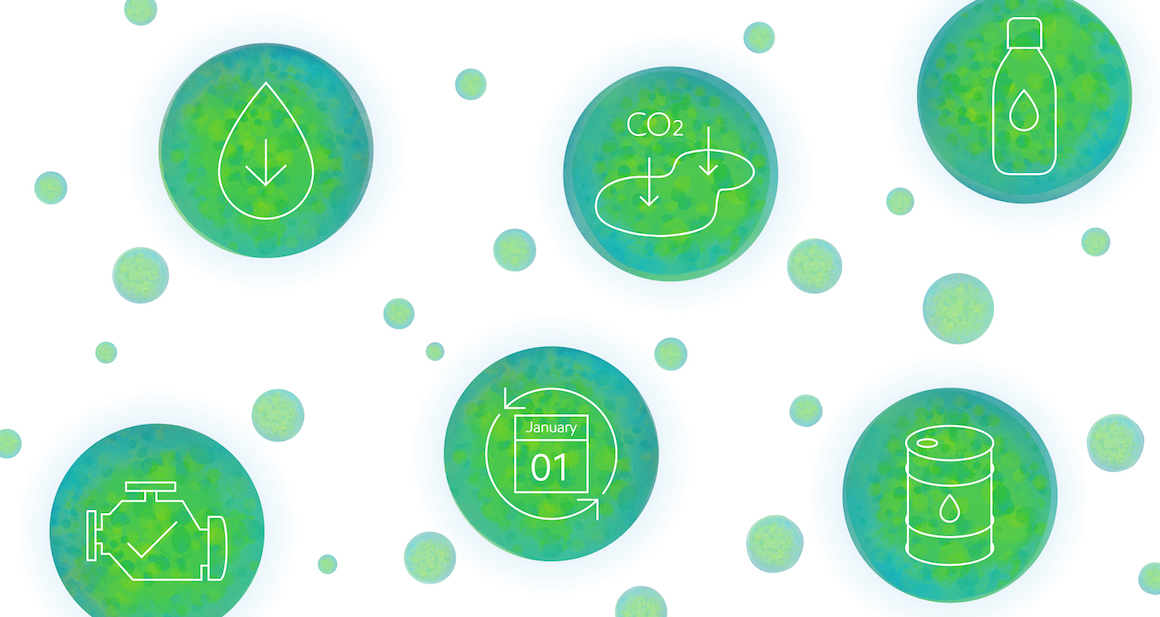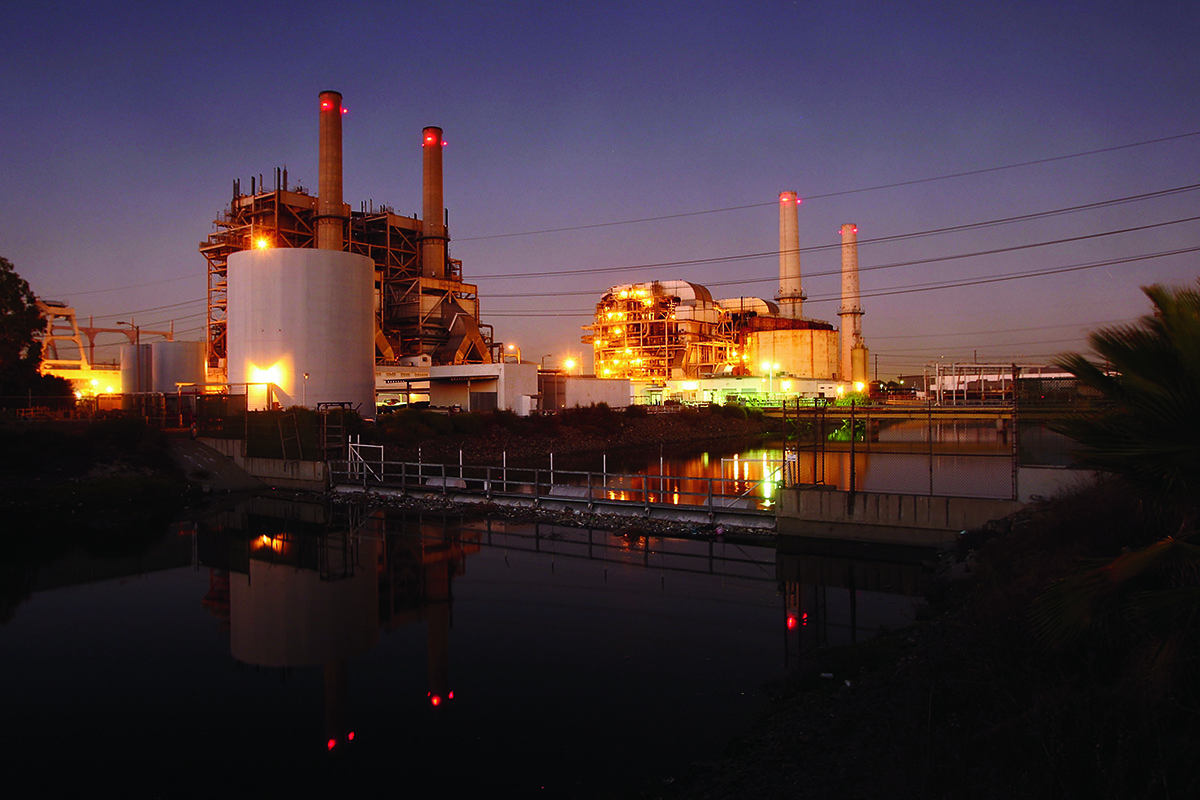On October 11, ExxonMobil celebrated an industry milestone, when Singapore Airlines reclaimed its record of offering the world’s longest commercial nonstop flight, in terms of flight time.
Following a route from Changi Airport, Singapore, to Newark Liberty International Airport, just outside New York, the inaugural flight spanned nearly 18 hours – although the same journey can take nearly 19 hours in the opposite direction. On the big day, the A350-900ULR aircraft traveled roughly 10,377 miles (16,700 kilometers), but that distance is rarely the same from flight to flight, as it can change depending on wind, direction and route.
No matter the time or distance of a particular flight between the two cities, ExxonMobil’s Mobil Jet Oil 387 will be on board, just as it was on the inaugural flight in October, coursing through and protecting the aircraft’s engines.
The specially designed oil can withstand the unique rigors experienced by ultra-modern commercial turbofan engines, such as those on Singapore Airlines’ A350-900ULR aircraft. The formulation achieves a fine balance: tough enough to protect turbines from extreme temperatures experienced from takeoff to landing, yet gentle enough to safeguard important aircraft components from leaking during the lifespan of the engine.
“Mobil Jet Oil 387 provides airlines with a unique combination of very high performance at very high temperatures, without compromising long-term engine reliability,” says Ali Bakr, Global Aviation Lubricants Sales Manager.
During the Singapore-Newark route, the jet oil must withstand extreme temperatures from as cold as -40°C to as high as 180°C. And it must provide consistent protection for thousands of miles. That’s why ExxonMobil spent nearly a decade on technical development and testing before it introduced the lubricant in 2012.
That release of Mobil Jet Oil 387 helped write a new chapter in aviation history. The same cutting-edge advancement will continue to help aircraft go the distance for many years to come.





